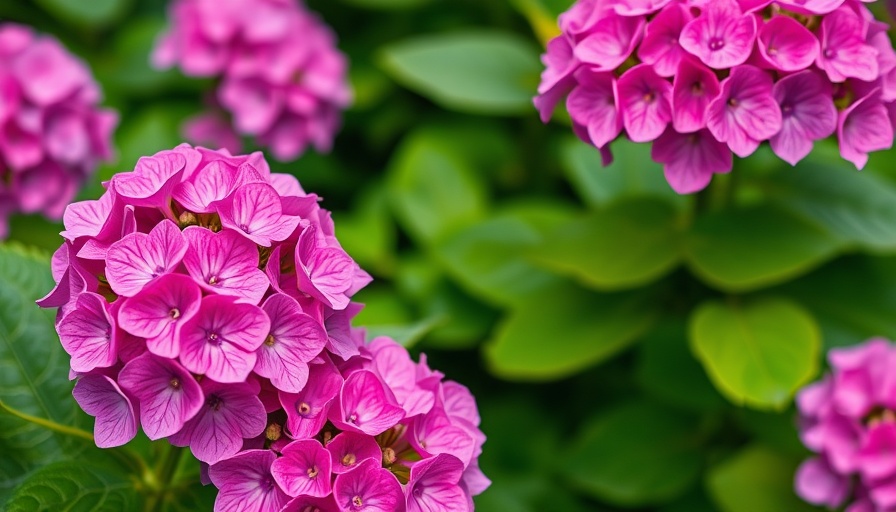
Transform Your Garden: The Colorful World of Hydrangeas
Hydrangeas are garden favorites, cherished for their stunning blooms and the ability to change colors. But have you ever wondered how to harness this natural phenomenon to create a vibrant display in your garden? With just some simple soil modifications, you can transform your hydrangeas from delightful pinks to brilliant blues, and everything in between.
PH Levels and Bloom Colors: Understanding the Basics
The color transformation of hydrangeas primarily hinges on two factors: soil pH and aluminum levels. Acidic soils (lower pH) tend to produce blue blooms, while alkaline soils (higher pH) create pink hues. Certain varieties, like Hydrangea macrophylla and H. serrata, exhibit this remarkable color shift based on the nutrients they absorb from their environment. White hydrangeas, however, remain unaffected.
The Soil Testing Process: A Key Step in Your Journey
Before embarking on your colorful journey, it's essential to test your soil's pH. You can buy a test kit from your local garden center or conduct a home test using kitchen ingredients. For instance, baking soda can indicate basic soil (alkaline), while vinegar can indicate acidic soil. Understanding your soil's chemistry is crucial for the successful color transformation of your hydrangeas.
Blue Blooms: How to Achieve That Dreamy Color
If you're enchanted by blue blooms, achieving this hue from pink hydrangeas requires making your soil more acidic. This can be accomplished by introducing aluminum into the soil. Methods include adding amendments like pine needles, compost, or even coffee grounds, all of which help acidify the soil and boost aluminum availability. However, it’s essential to proceed with caution regarding aluminum sulfate, as too much can be toxic to plants.
From Blue to Pink: A Simple Guide
If your soils are already acidic and you wish to transition to the softer pink hues, the process is similar but in reverse. To reduce soil acidity, you may add lime or wood ash to raise pH. It’s a gradual process, so patience is vital as you observe the color changes, which may take up to a year!
Nurturing Change: Tips for Maintaining Color
Once you’ve initiated the soil changes, maintenance is vital. To keep your hydrangeas blooming brightly, consider regular amendments. For blue blooms, maintain your soil's acidity with the recommended amendments throughout the growing season. Keep an eye on seasonal changes, as factors like rainfall and temperature can affect your hydrangea's health and color.
Beyond Color: The Emotional Connection to Gardening
Hydrangeas hold a special place in many gardeners’ hearts, serving as symbols of resilience and beauty. The joy of cultivating these plants and watching them change over time can deepen your connection to your garden. Remarking on the evolution of these blooms also fosters a sense of community among gardeners, as you explore unique techniques and share experiences with fellow horticulturists.
Imagine a Sea of Colors in Your Own Backyard
Imagine stepping into your backyard and being greeted by waves of vibrant pinks and blues! By understanding and manipulating your hydrangea’s growth conditions, you can create an enchanting garden landscape that reflects your personality and fosters tranquility. Explore the possibilities with your flower garden today!
As you dive into the delightful world of transforming your hydrangeas, remember that gardening is about patience and connection with nature. Don’t hesitate to share your journey with friends and family, perhaps inspiring them to join you in gardening projects!
So gather your gardening tools, prepare your soil, and let your creative spirit shine as you embark on this exciting color transformation in your beloved garden!
 Add Row
Add Row  Add
Add 




Write A Comment